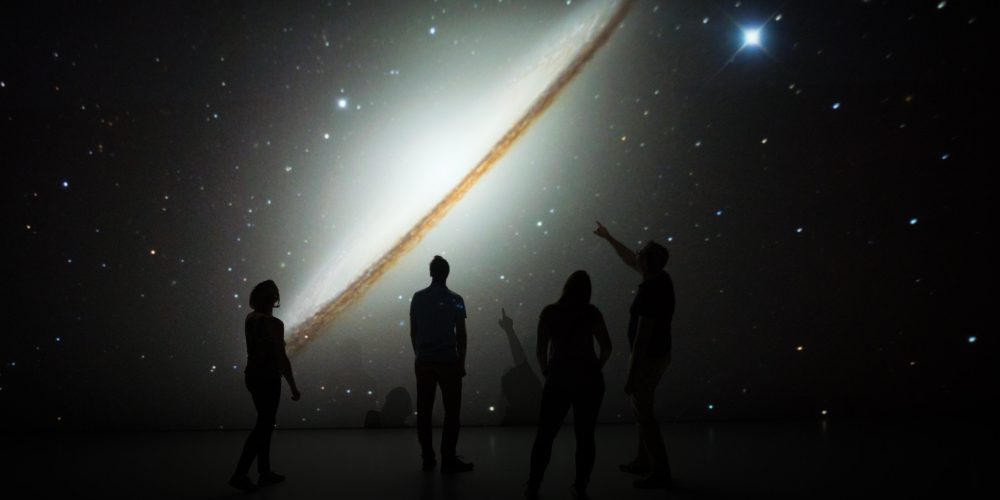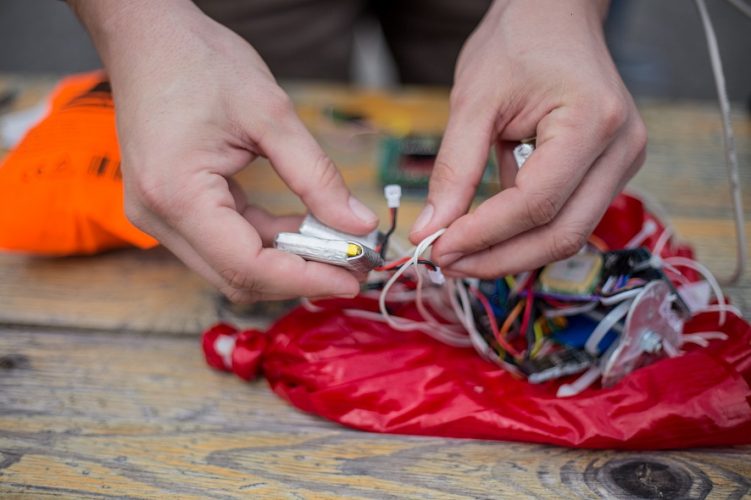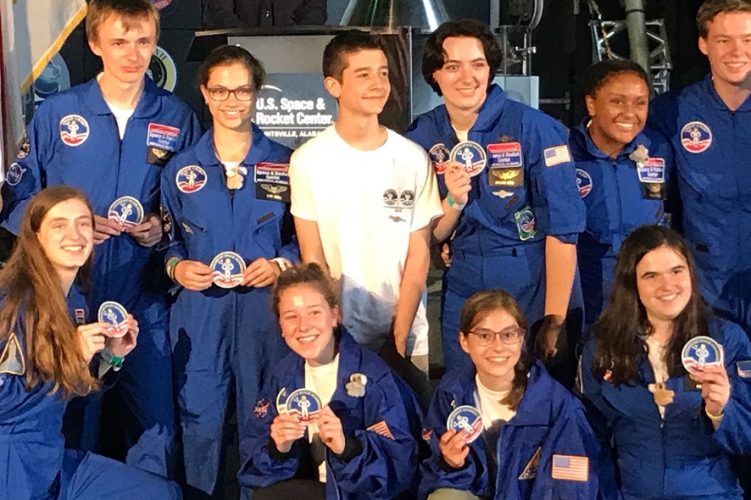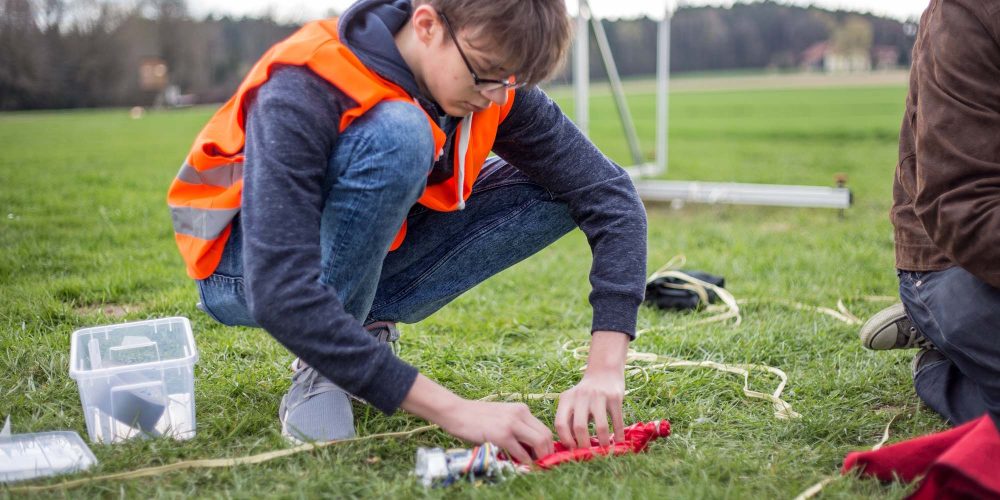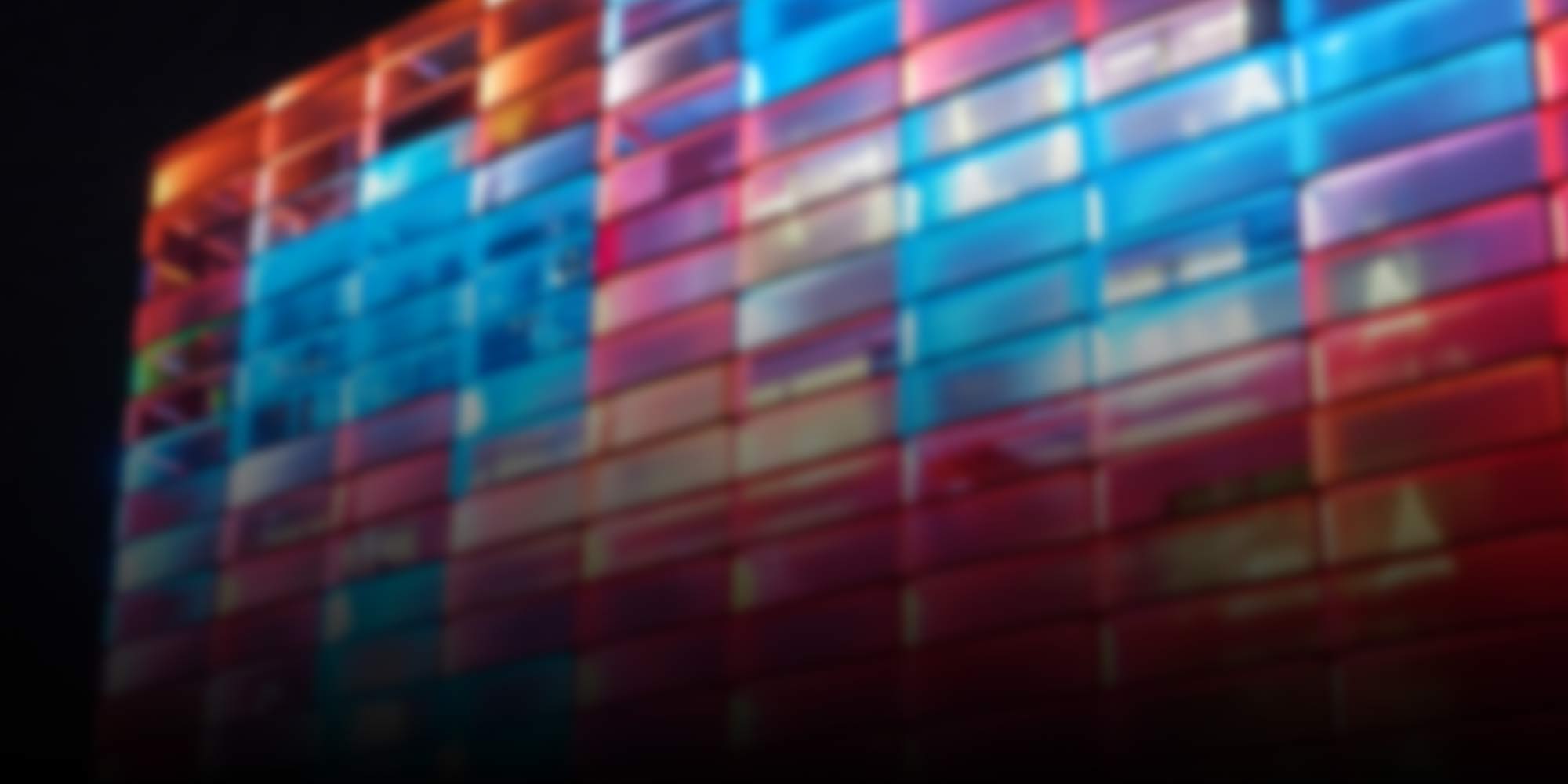
Space Exploration
-
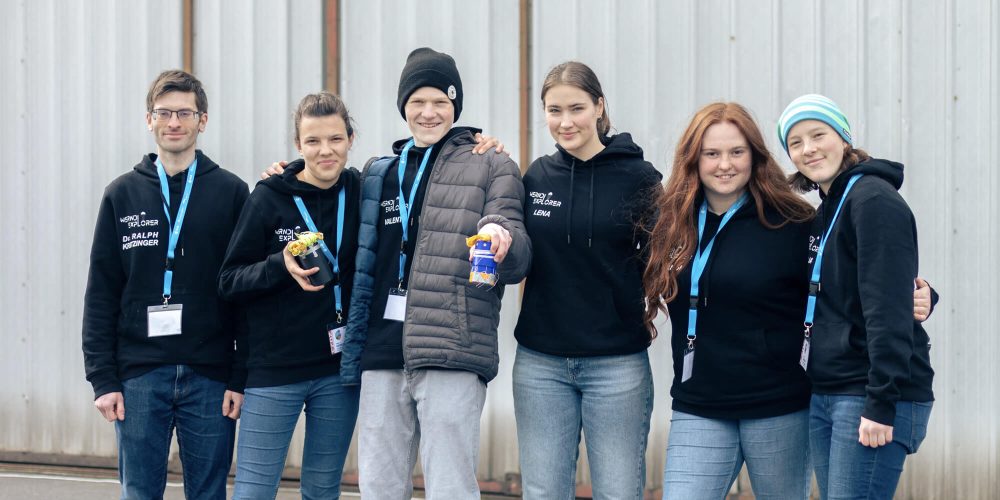
Call for CanSats
Apply by Nov. 6, 2023, for ESA’s CanSat can satellite competition and get started on a fascinating space project this school year
-
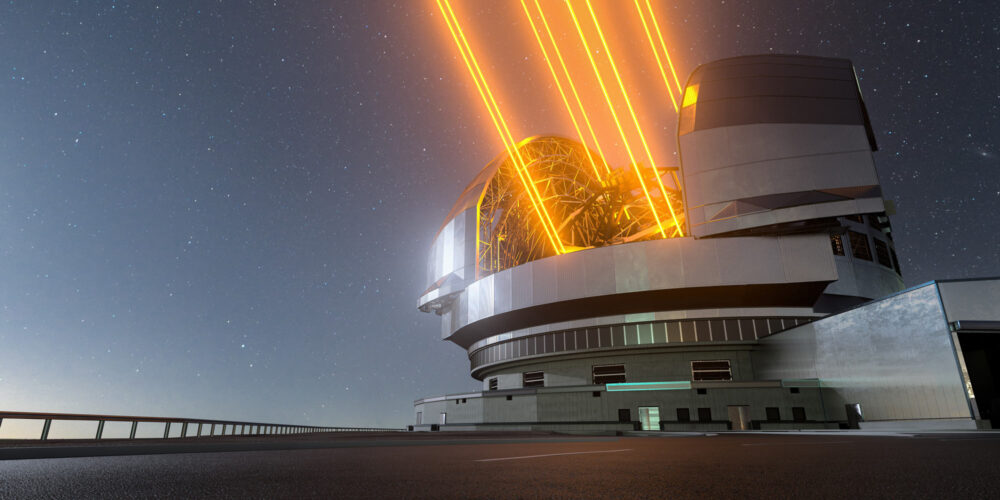
School, space or how to awaken curiosity about science
“School and Space 2023” symposium: The fascination for the infinite depth of space inspires young and old for science and technology.
-
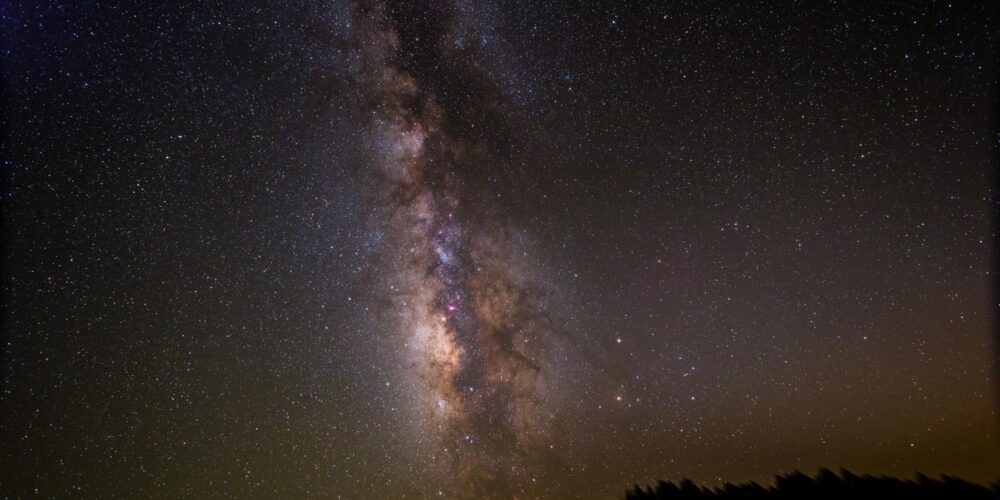
A glimpse into the past
The new exhibition about the Kepler Observatory at the Ars Electronica Center shows that amateur astronomers can still contribute to scientific achievements today.
-
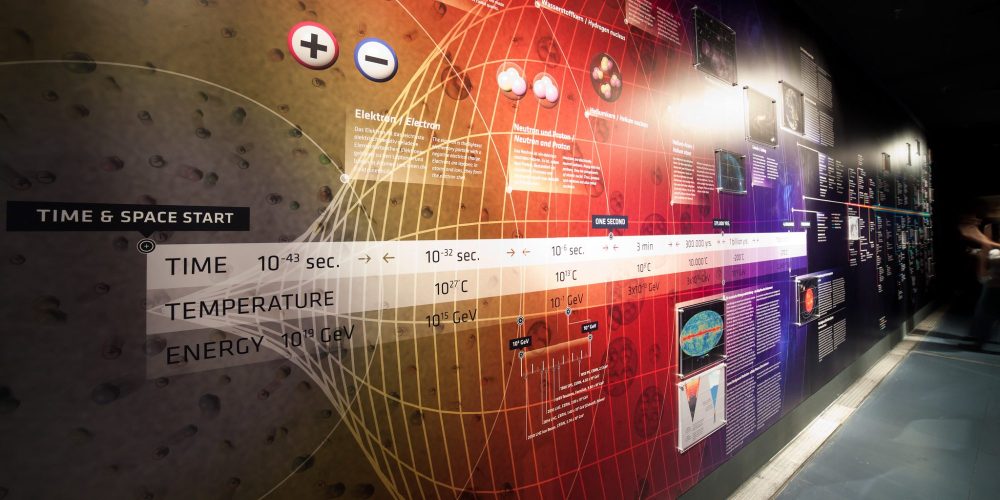
Throwback: ORIGIN – Investigating the Big Bang
The exhibition took a closer look at the European particle physics laboratory CERN, covering its history, daily activities and the ambitious goals of the global research project.
-
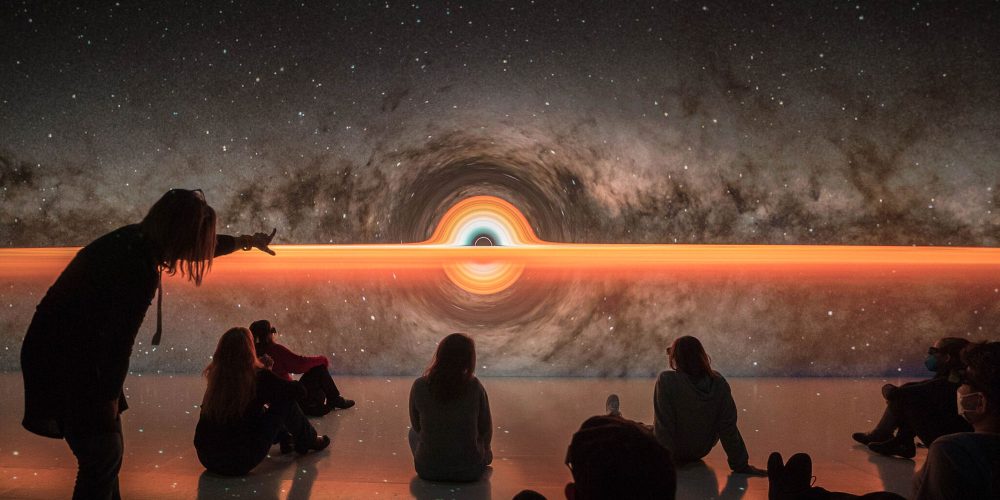
Deep Space EVOLUTION: Uniview 3.0
Explore the space with the new version of “Uniview”, the amazing virtual planetarium program of Ars Electronica Center’s Deep Space 8K.
-

And the CanSat 2022 winner is…
On Thursday, 21.4.2022, the airport of Suben in the district of Schärding was transformed into a mission control center for a number of space-loving young people.
-
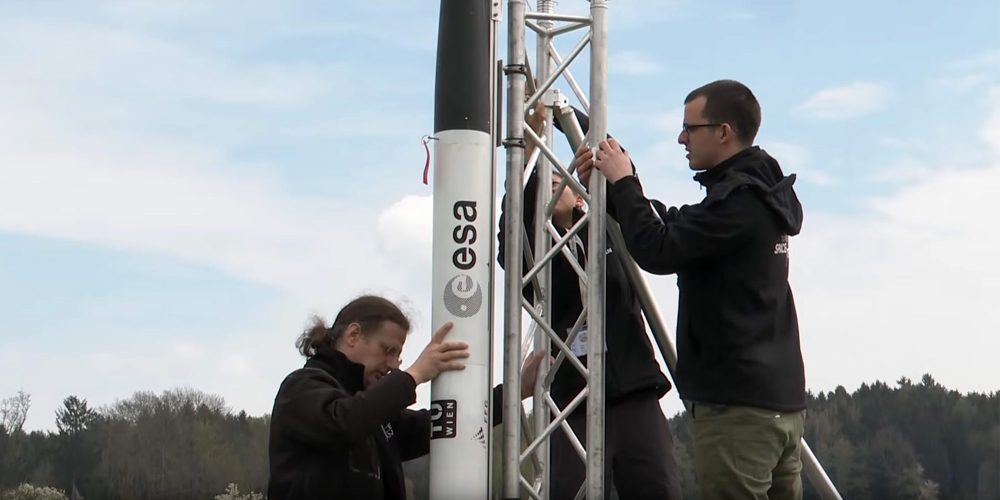
CanSat 2022: Once in the Sky and back
Launching their own mini-satellite 500 metres towards space with a rocket and collecting scientific data – this was the fifth time that students in the CanSat competition had the opportunity to do so.
-
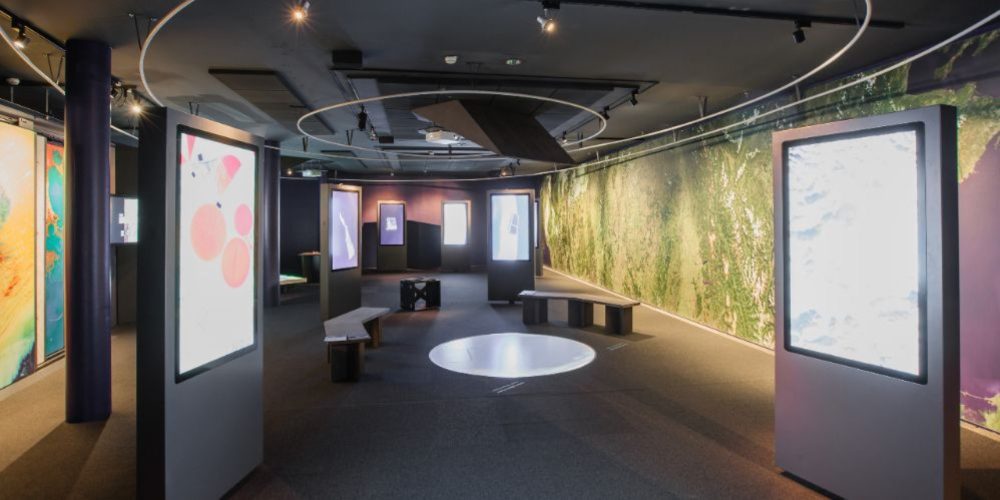
Throwback: Spaceship Earth
The exhibition “Spaceship Earth” dealt with the question of what we can learn about our planet by observing it.
-
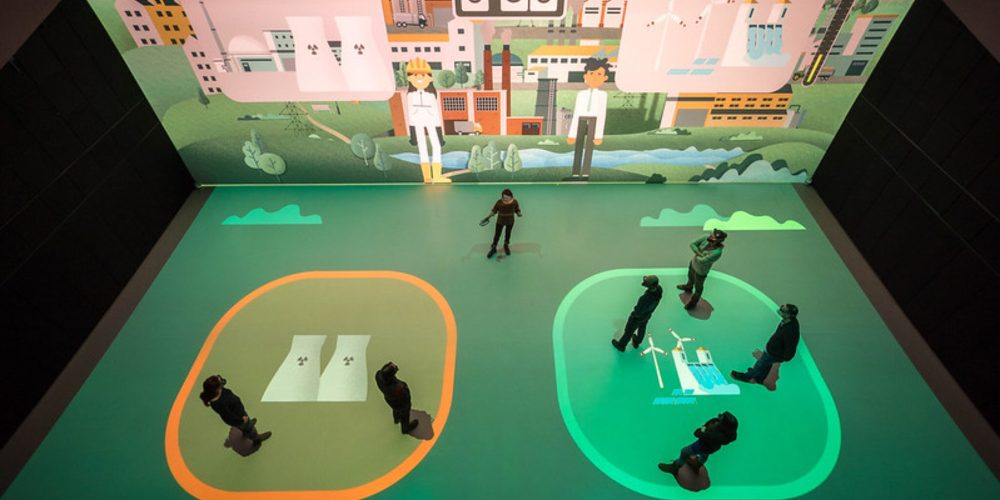
That’s what the new Deep Space EVOLUTION program looks like
New laser projectors, the most powerful graphics cards, a 3D tracking system and a whole range of new interactive programs and spectacular applications. This is Deep Space EVOLUTION.
-
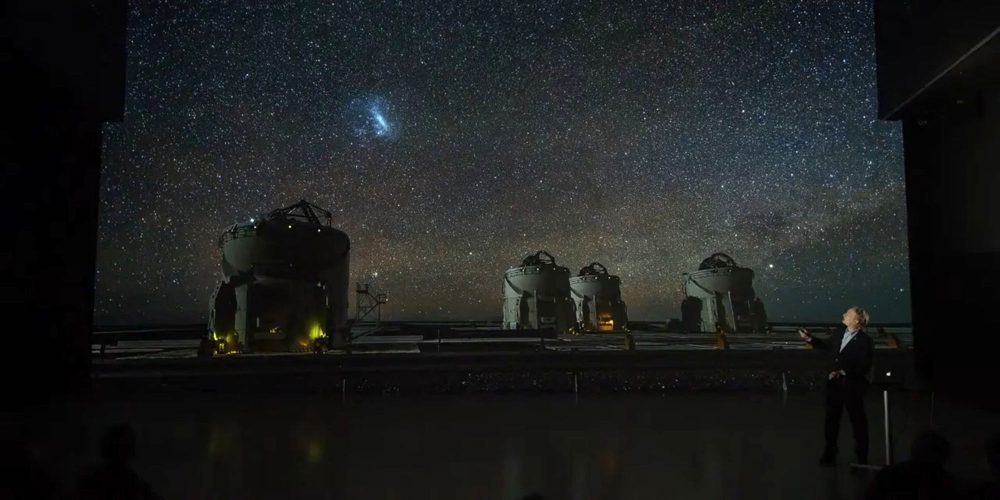
On the Olympus of Modern Astronomy
Astronomer Peter Habison provides insight into the European Southern Observatory (ESO) in Chile – the world’s most productive astronomical observatory. (German language)
-

Size Comparisons in the Universe
When it comes to imagining sizes in the universe, we quickly reach our limits. But that should not stop us from not trying.
-
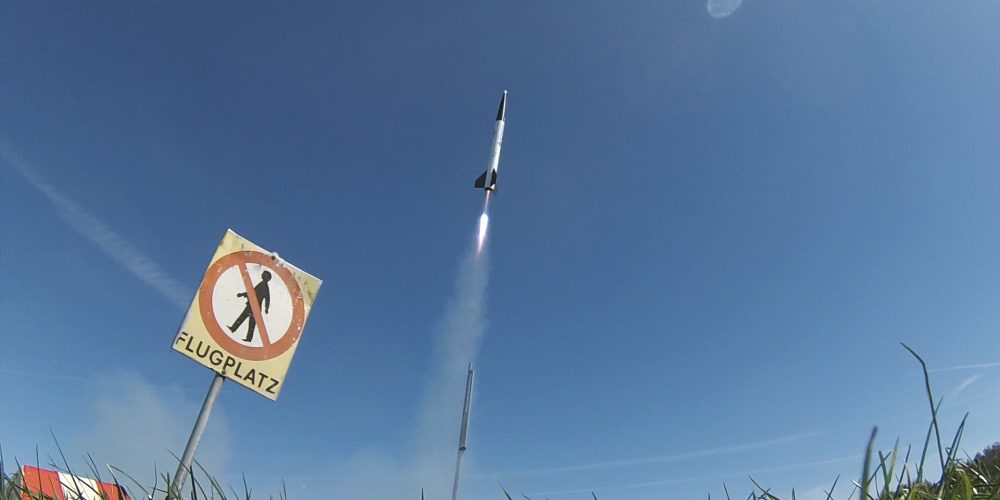
10 Years of CanSat Competition!
2020 marked the 10th anniversary of the CanSat competition. With a Corona-related delay, this year’s celebration is underway – and the next competition is already ready to start.
-
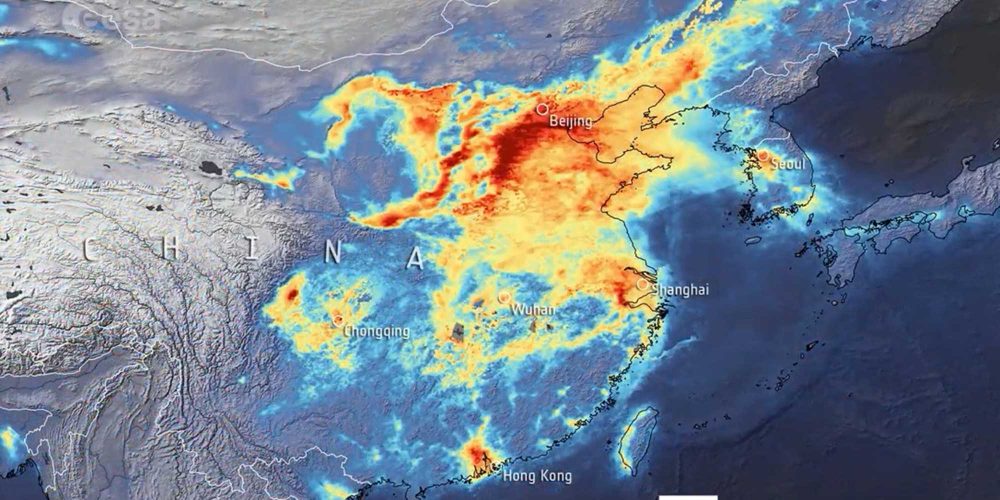
The World is not Enough
We humans have left traces on this blue planet – in the water, on the earth, in the air, but also in outer space.
-

Which stars show up in our summer sky?
Star photographer Dietmar Hager takes us on a journey through the summer starry sky – as seen from Austria. (German language)
-

Galaxies and black holes
What is the origin of life? What is the origin of the universe? Where do we come from and where are we going? Questions that have preoccupied mankind for millennia, and it doesn’t look like they will be solved soon. For a wonderfully playful perspective, artists are now joining in.
-
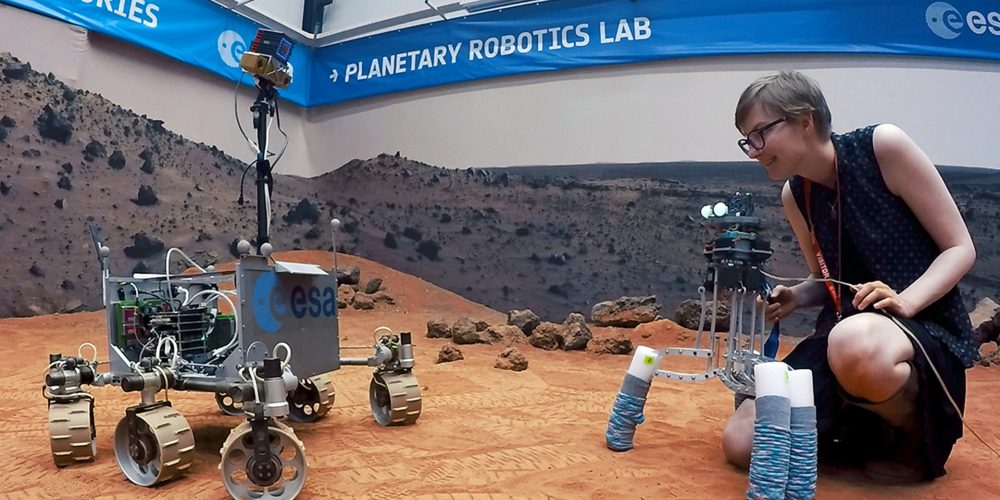
Step into Space
Wanted: Our place in the universe. Found: A team that combines humans and AI to answer fundamental questions. Sarah Petkus and Mark J. Koch aim to educate artificial intelligence to become an individual.
-
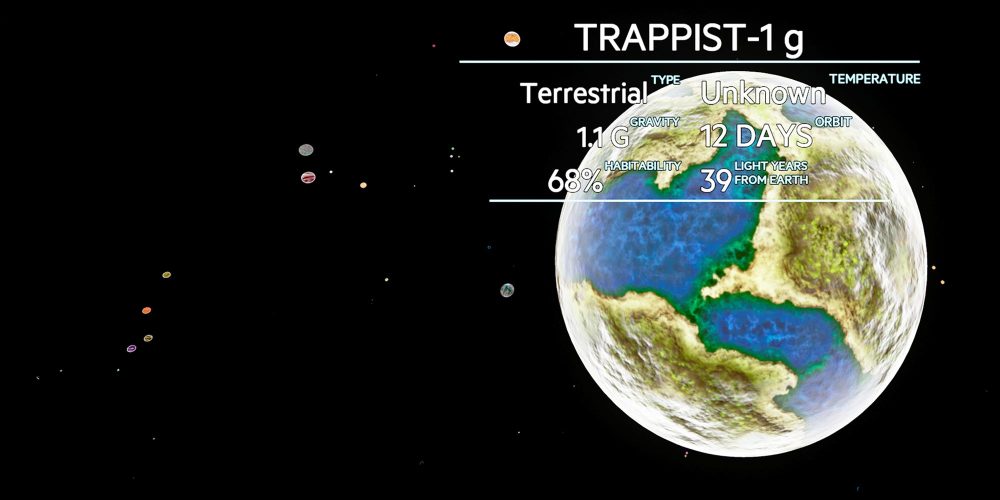
In search of the evolution of intelligence in the universe
The search for extraterrestrial intelligence may make some people think of a funny guy in a bicycle basket, for others it has serious scientific relevance and is closely interwoven with research on artificial intelligence. Thinking off the beaten track helps in this multidisciplinary work.
-
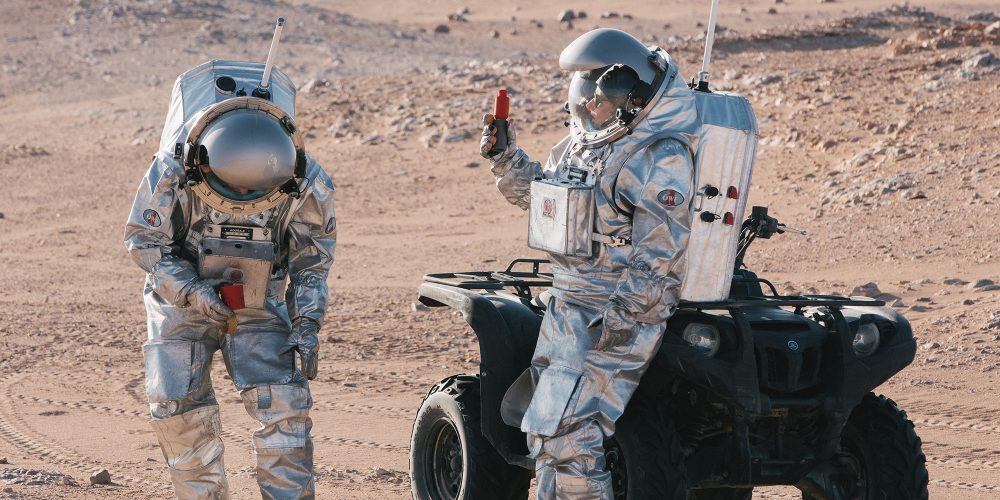
Get the camera ready, we’re going to Mars!
Cliff diving on comets, opulent refractions of light in the ice crystals of Saturn’s rings or the gigantic mountain worlds of Mars: Gernot Grömer, Director of the Austrian Space Forum, is probably the most unusual travel guide in the country. The destination of his journey is the solar system, first stopover the Red Planet. All…
-

Ingrid Kurz, moon-landing interpreter: “It was unbelievably thrilling and exciting!”
July 21, 2019, will be the 50th anniversary of the moon landing. As part of a special theme weekend, Ars Electronica is commemorating this great moment in science from different viewpoints. As an interpreter, Ingrid Kurz was close to the action when the first man walked on the moon.
-

Space Travel and Me: International Space Camp 2018
NASA and the US Space & Rocket Center in Huntsville, Alabama annually hold an International Space Camp, and once again this year, ESERO Austria made it possible for a teacher and two students to take part. Here, teacher Julia Schleritzko tells about her experiences.
-
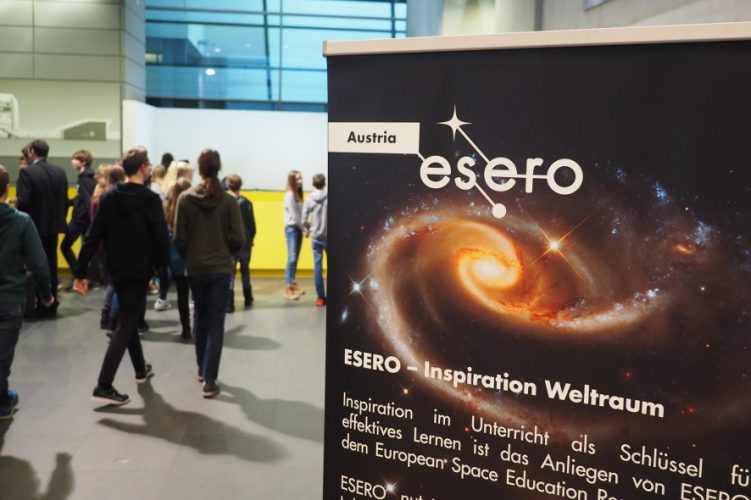
Happy Birthday ESERO Austria!
ESERO Austria celebrates its 2nd anniversary! The Austrian European Space Education Resource Office, located at the Ars Electronica Center, was founded in June 2016. In addition, Ars Electronica Center Director and ESERO Austria Supervisor, Andreas Bauer, recently became a member of the Advisory Board of the FFG for Aerospace. Reason enough for an interview with…
-

2018 CanSat Competition: The Rockets
While teams of school kids throughout Austria are hard at work creating their cola-can-size satellites to be launched during the CanSat Competition April 9-11, 2018, the Space Team at TUW–Technical University of Vienna is also busy with its preparations—building the rockets that will take these mini-satellites aloft in April. We just paid a visit to…
-

Mission Mars – A Mars Simulation in Oman
In the search for extraterrestrial life, Mars is considered one of the most promising candidates. The OeWF–Austrian Space Forum has already simulated several elements of manned missions to Mars together with researchers on the staff of international partners. The sites of these extraordinary field tests have ranged from the Northern Sahara to Austrian glaciers at…
